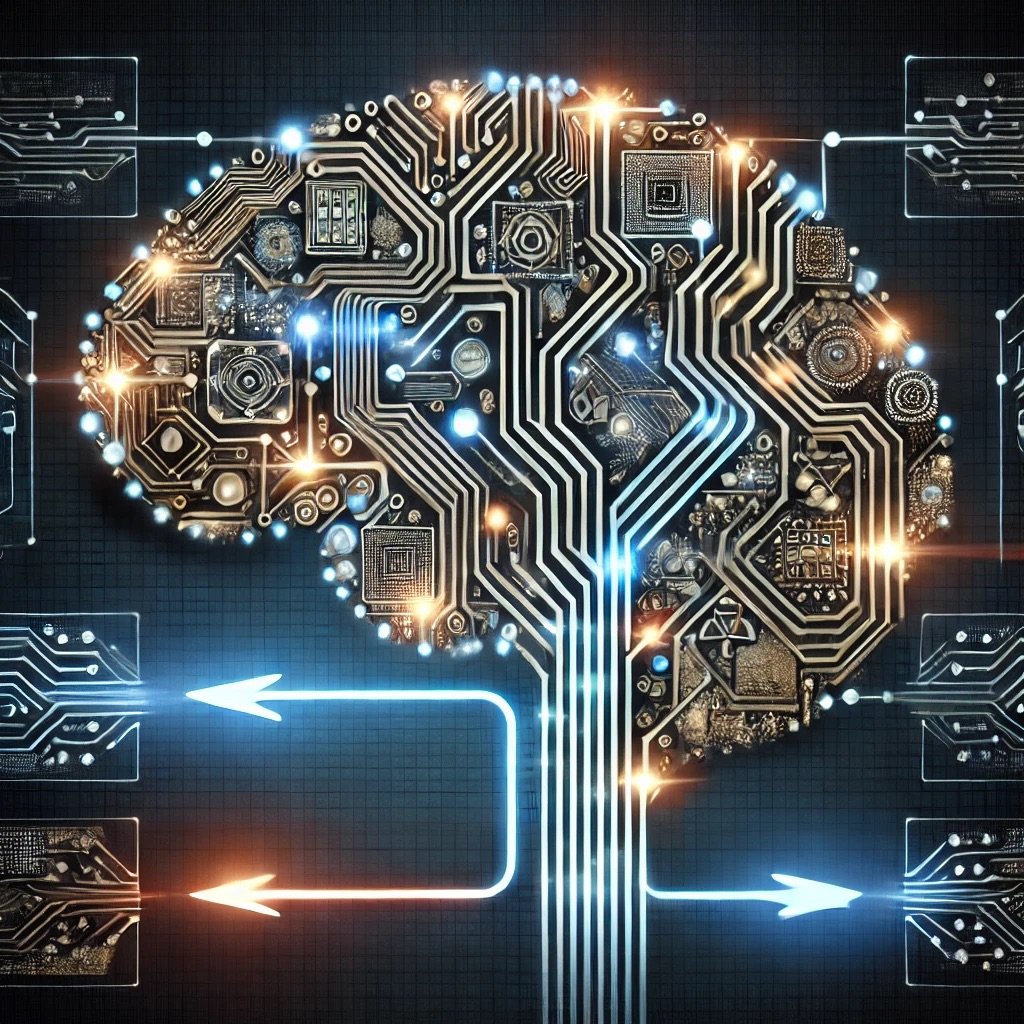
The Chain of Thought Prompting Technique: Help LLMs Solve Complex Problems
LLMs often face challenges when tasked with solving complex problems that require multi-step reasoning or logical deductions. Without clear guidance, they can leap to conclusions, miss crucial intermediate steps, or provide overly simplified answers that don't account for the full depth of the problem. This limitation arises because traditional prompts tend to encourage LLMs to produce direct responses rather than methodically breaking down tasks. For complex reasoning, such an approach can lead to mistakes or incomplete explanations, as the model doesn't always naturally follow the nuanced steps required to solve a problem properly. This is where Chain of Thought (CoT) prompting comes in.

Table Augmented Generation
Table Augmented Generation (TAG) is a new approach in natural language processing (NLP) that merges structured data, such as tables, with text generation models. The goal of TAG is to enhance the accuracy, relevance, and depth of machine-generated content by allowing models to reference and reason over tabular data. By integrating tables into the generation process, TAG can significantly improve outputs in areas like report generation, business intelligence, and customer service, where both numerical and textual information are crucial.

The Rapid Evolution of Enterprise AI
The rapid integration and embedding of AI into enterprise applications reshapes how businesses operate, particularly with the fusion of embedded generative AI and traditional AI. Embedded traditional AI has long powered data-driven decision-making and operational efficiencies across industries, but the rise of generative AI introduces a new dimension—enabling systems to create, reason, and generate insights dynamically. As these technologies converge, a new era of AI-driven innovation is emerging, particularly with autonomous agents that not only automate tasks but also learn and adapt to complex scenarios. By combining the precision and reliability of traditional AI with the creativity and adaptability of generative AI, enterprises can leverage more sophisticated solutions, enhancing everything from customer service to product development. This evolution signals a shift toward AI systems that are both proactive and reactive, marking a transformative moment in enterprise technology.

From Content to Action, The Evolution of AI Agents
As generative AI continues to evolve it is moving beyond its origins of content creation and into autonomous actions. Initially celebrated for its ability to generate text, images, and even code, generative AI is now being engineered to take decisive, independent actions based on the information it produces. This transition marks a fundamental shift in how we interact with AI, no longer seeing it solely as a tool for creativity and output but as an intelligent agent capable of making decisions, executing tasks, and autonomously solving problems. This evolution is a key component for the growing use of decision intelligence tools to fully automate many business tasks, as well as support automation with human oversight and human in the loop decisions.

Predictive Analytics in IT Operations: Streamlining Management with AI
Predictive analytics powered by AI is transforming IT operations by enabling a proactive approach to managing infrastructure, service delivery, and system performance. Rather than responding reactively to system failures and disruptions, organizations can now harness AI-driven insights to anticipate issues before they arise. This shift allows for early detection of potential failures, enabling IT teams to resolve problems swiftly and reduce downtime. Predictive analytics also plays a key role in optimizing resource allocation by forecasting demand and dynamically scaling IT resources to meet business needs. By enhancing incident prioritization and automating routine tasks, AI helps improve the speed and efficiency of service delivery. Predictive maintenance, powered by AI models, reduces the risk of unplanned outages by identifying and addressing hardware and system vulnerabilities before they lead to failure. With the added benefits of enhanced security, automated threat mitigation, and operational intelligence, AI-powered predictive analytics is paving the way for more efficient, cost-effective IT operations while significantly minimizing downtime and improving overall service quality.

Assessing AI Organizational Maturity
Assessing your AI maturity is a critical first step in developing a robust and effective AI strategy. As organizations increasingly adopt AI technologies to drive innovation, efficiency, and competitive advantage, understanding where you stand in your AI journey becomes an essential part of the process. AI maturity assessment provides a comprehensive view of your organization’s current capabilities, identifying strengths, weaknesses, and areas for growth. By evaluating your maturity level, you gain valuable insights into how well your organization is prepared to integrate AI into its operations, scale initiatives, and ultimately realize the full potential of these technologies.

Generative AI Industry Use Cases - Infographic
The other way to examine generative AI is in specific industry vertical applications. The path of horizontal technology often leads to more industry focused functionality that addresses the unique needs and requirements of each vertical. This infographic breaks down some of the more compelling industry vertical use cases. These use cases build off the base categories (see the previous use case infographic) to meet specific needs in each covered vertical.

Building an IT Strategy that Embraces AI
With the rapid growth and availability of artificial intelligence (AI), building or refreshing an IT strategy is crucial for companies to stay competitive, agile, and resilient in an increasingly digital and data-driven world. AI is rapidly transforming industries, creating new opportunities for innovation, efficiency, and customer engagement. However, to fully leverage the potential of AI, companies need an IT strategy that is not only aligned with their business goals but also adaptable to the rapid pace of technological change.

Generative AI Use Cases Infographic
The business use cases for generative AI are very diverse, with new applications of the technology popping up nearly weekly. To better understand the potential of generative AI, it’s useful to break it down into the major use categories, and then work down from there into more detail. The model is an attempt to capture the current use cases as categories.

California Senate Bill 1047, the “Safe and Secure Innovation for Frontier Artificial Intelligence Models” Act
The rapid growth of artificial intelligence (AI) has prompted governments around the world to grapple with how best to regulate the technology and provide a balance between safety and innovation. As AI systems become increasingly integrated into various industries—ranging from healthcare and finance to law enforcement and education—the need for regulatory frameworks that ensure safety, fairness, and accountability are urgent.

Assessing the Impact of AI Projects
The current business landscape is marked by a strong desire to adopt AI tools quickly, driven by the promise of transformative benefits such as increased efficiency, enhanced decision-making, and competitive advantage. However, many businesses are grappling with significant challenges in establishing a robust business case and accurately measuring the return on investment (ROI) for their AI projects. Here’s a closer look at these dynamics:

Are AI and Cybersecurity Concerns Pushing Companies to Hybrid Infrastructure?
Companies are increasingly adopting a hybrid infrastructure, which combines public cloud, private cloud, and on-premises systems, to balance flexibility, control, and security in their IT operations. Moving to hybrid infrastructure can optimize their IT operations by balancing the benefits of the cloud with the control and security of on-premises and private cloud environments. This approach offers the flexibility to adapt to various business needs, from regulatory compliance and cost management to performance optimization and disaster recovery.
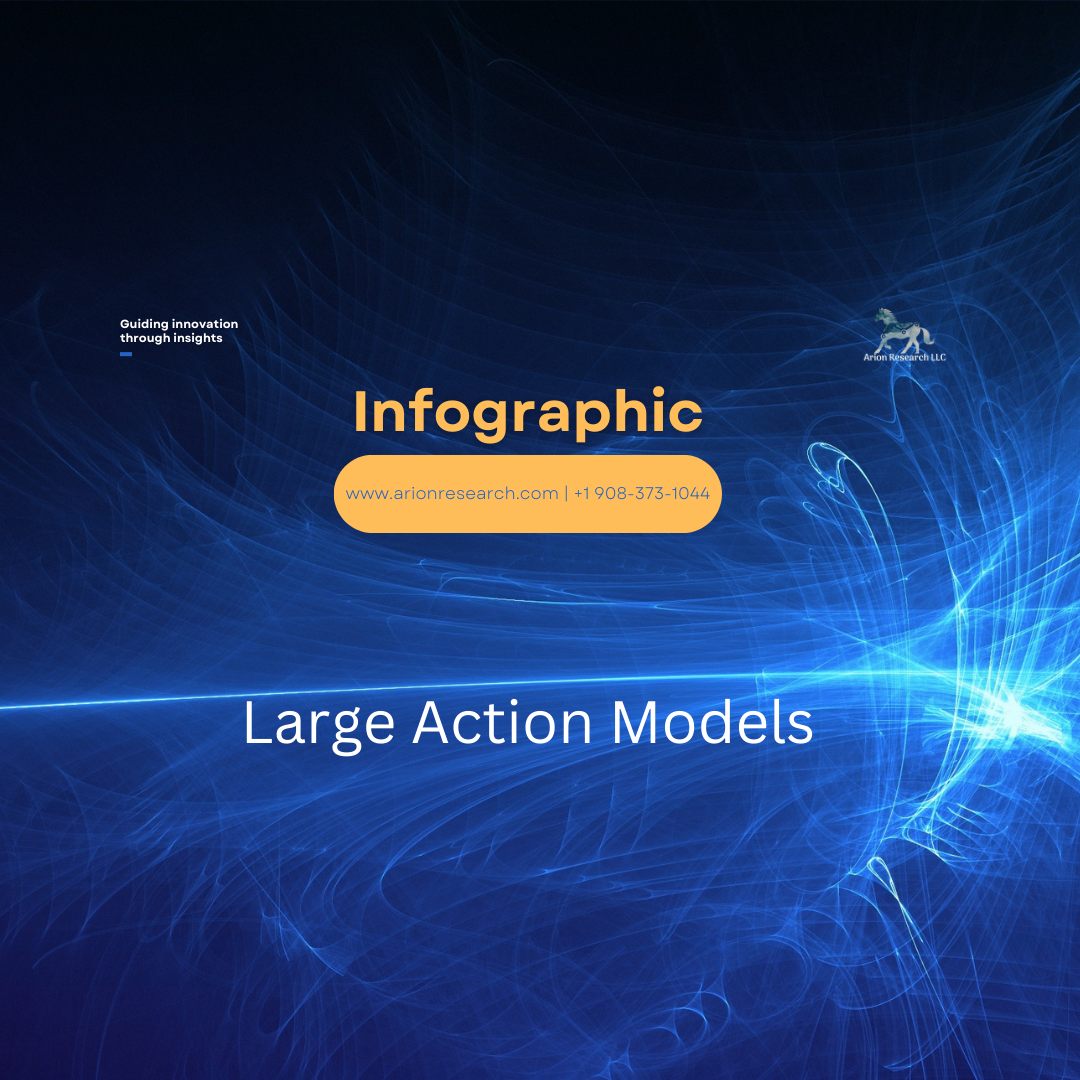
Large Action Models Infographic
Large Action Models (LAMs) are a new advancement in AI that builds upon the capabilities of Large Language Models (LLMs). LAMs leverage a combination of existing AI technologies to bridge the gap between understanding language and taking action in the digital world.

Generative Customer Segmentation
Generative Customer Segmentation leverages generative AI to create highly detailed and nuanced customer segments. Unlike traditional segmentation methods that group customers based on broad characteristics like demographics, purchasing behavior, or psychographics, generative customer segmentation uses AI to dynamically analyze large amounts of data and generate segments that reflect intricate patterns and preferences of individual customers.

Why McDonald’s Failed AI Automated Order Taking Project Isn’t an Example of Generative AI Failure
I keep seeing / hearing this narrative about the decision to discontinue the McDonald’s Automated Order Taking (AOT) system project, so I feel the need to jump in. The answer to that question is really, really simple. There is no generative AI in the McDonald’s AOT system. Logistically, even if it made sense that there be some use of generative AI, the solution was designed well before OpenAI released ChatGPT, or in other words, generative AI was not available when the system was designed. The recently announced Yum! Brands Taco Bell AOT initiative is also generative AI free, in case you wondered. There are some interesting lessons to be learned from both the McDonald’s and Taco Bell projects though.
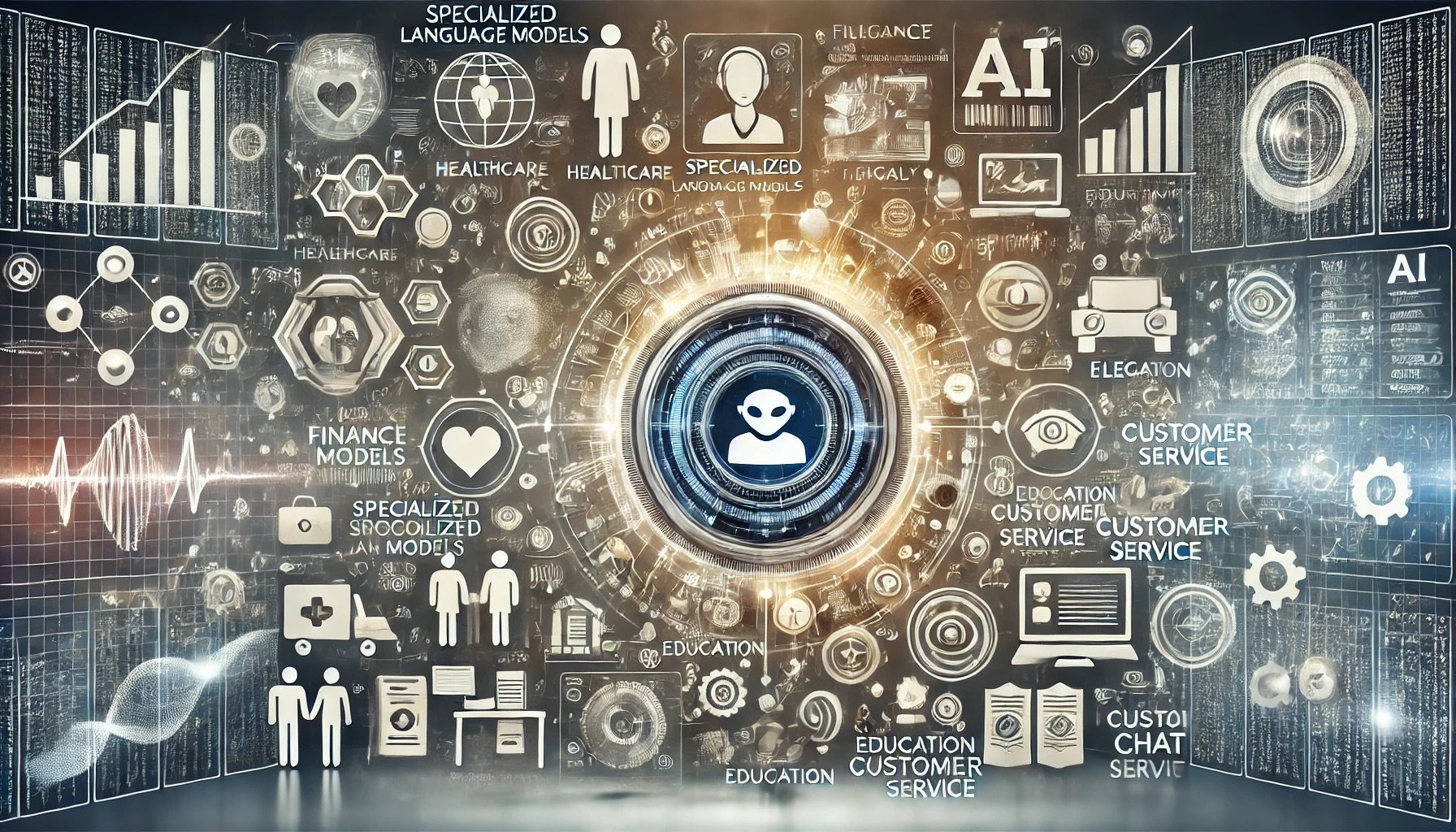
The Role of Specialized Language Models
While LLMs have demonstrated remarkable capabilities, their general nature often hinders their effectiveness in domain-specific applications. LLMs have some shortcomings including Lack of Domain Expertise, Data Scarcity, Knowledge Grounding, Computational Costs and Ethical Concerns. Specialized language models are AI models that are trained on specific types of data or for specific tasks, rather than being general-purpose like models such as GPT-4. These models are designed to excel in particular domains by incorporating specialized vocabulary, jargon, context, and nuances relevant to that field. Specialized models have the potential to overcome many of the shortfalls on LLMs when applied in a specific task or context.
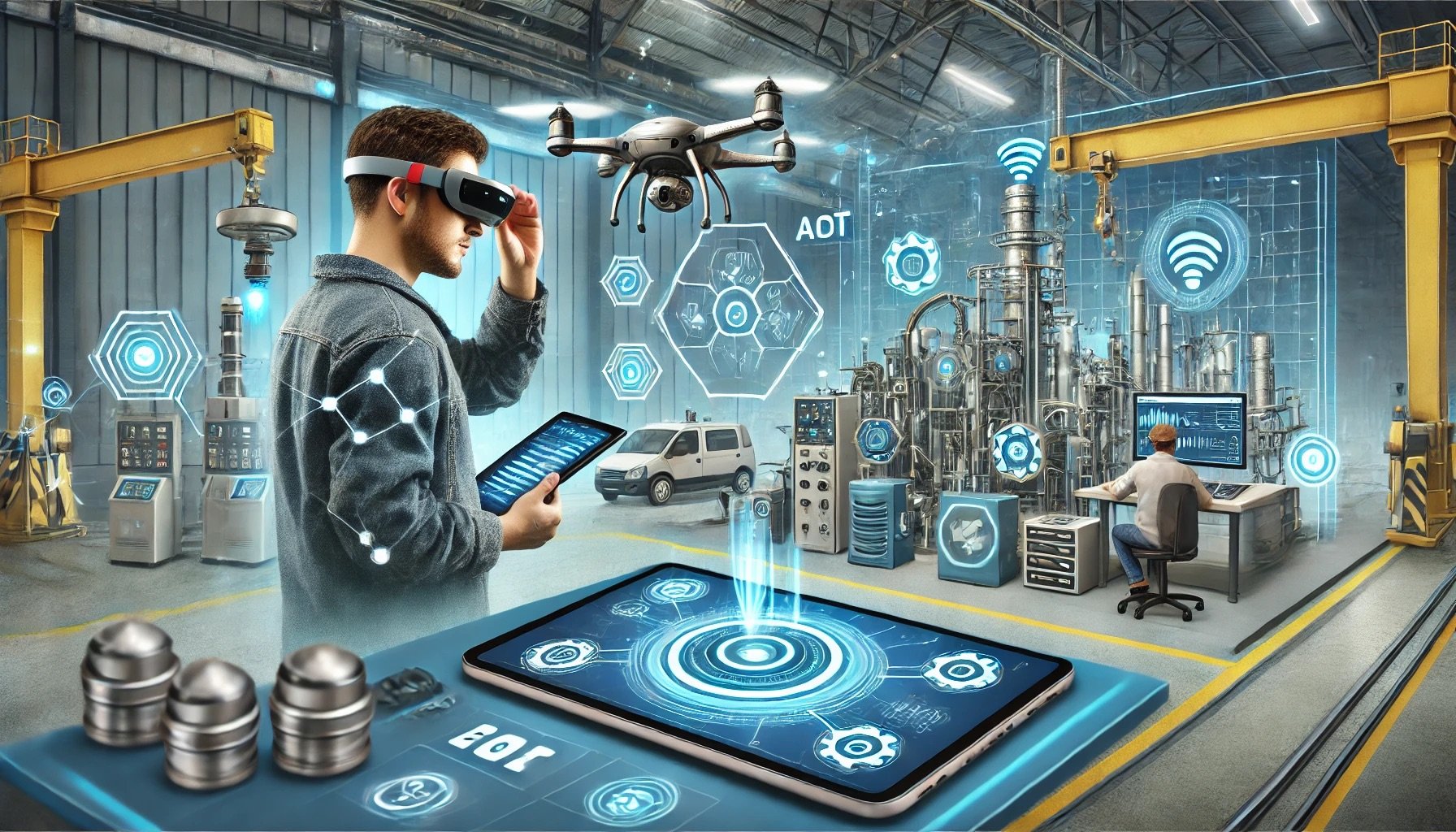
Redefining Field Service with AI and IoT
Together, AI, generative AI, and IoT create a powerful synergy that transforms field service management from a reactive to a proactive model. They enable businesses to anticipate and address issues before they escalate, optimize resource utilization, and provide personalized, efficient service to customers. This technological integration not only addresses the traditional challenges of field service but also sets new standards for excellence in customer experience.

Ensemble RAG: Improving Accuracy in Generative AI
Ensemble Retrieval-Augmented Generation (Ensemble RAG) is an advanced technique in natural language processing that combines the strengths of retrieval-based and generation-based models to enhance the quality and accuracy of generated text. This method is rooted in the Retrieval-Augmented Generation (RAG) framework, which itself integrates a retrieval mechanism with a generative model to produce more contextually relevant and informative responses.
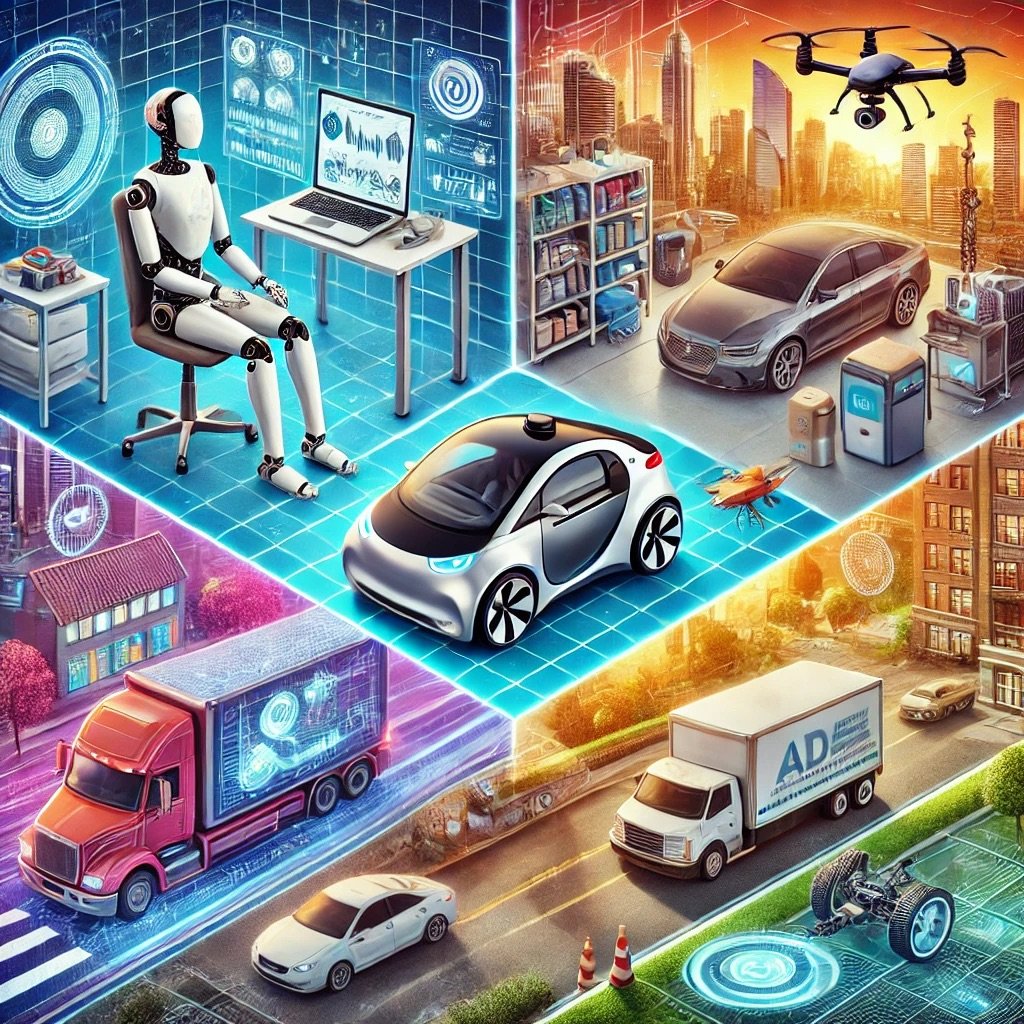
Business Use Cases for Autonomous AI Agents
The diverse range of applications for autonomous AI agents demonstrates their transformative potential across multiple industries. From healthcare and transportation to manufacturing and finance, these intelligent systems are revolutionizing how we approach complex tasks and decision-making processes. By leveraging advanced features such as real-time data processing, machine learning, and adaptive decision-making algorithms, autonomous AI agents are enhancing efficiency, accuracy, and responsiveness in ways that were previously unattainable. Their ability to operate independently with minimal human intervention opens up new possibilities for innovation and problem-solving in both critical and everyday scenarios.

Understanding Business Decision Data
Companies deal with a wide variety of data sources to support business decision-making. The wide range of data categories include existing company data, internal systems data, web-based real-time data, research and third-party data, and human-sourced data. There are many challenges in managing disconnected data silos and it is important for companies to ensure high data quality. Technological solutions like data lakes and data federation can improve data accessibility and integration. Companies must incorporate real-time web-based data and third-party research into business analytics as well. Special attention needs to be given to human-sourced data, and its unique value, as well as the challenges in capturing and integrating it effectively. Diverse data sources are critical in informing business strategies, enhancing customer experiences, and driving competitive advantage in today's data-centric business landscape.
